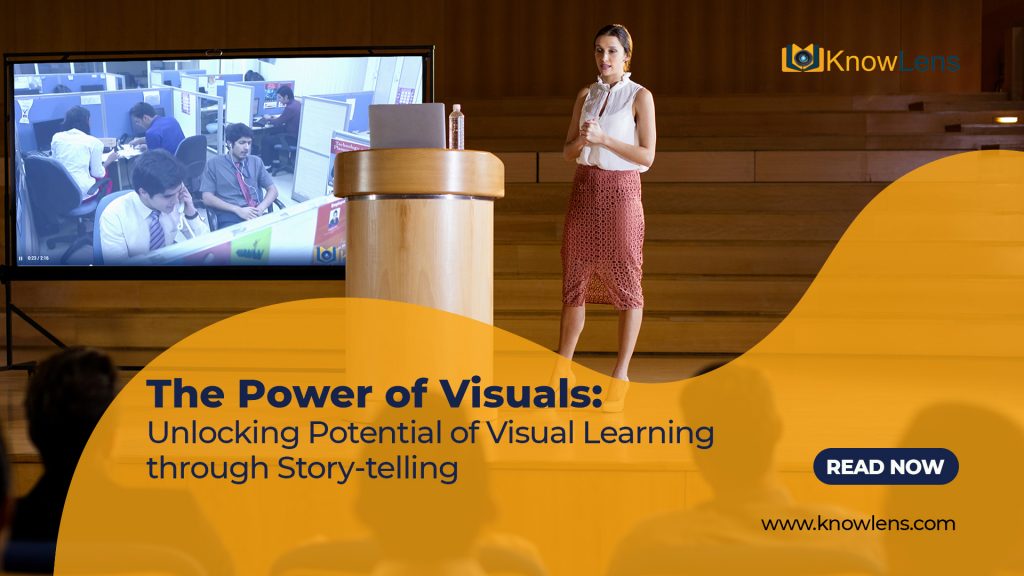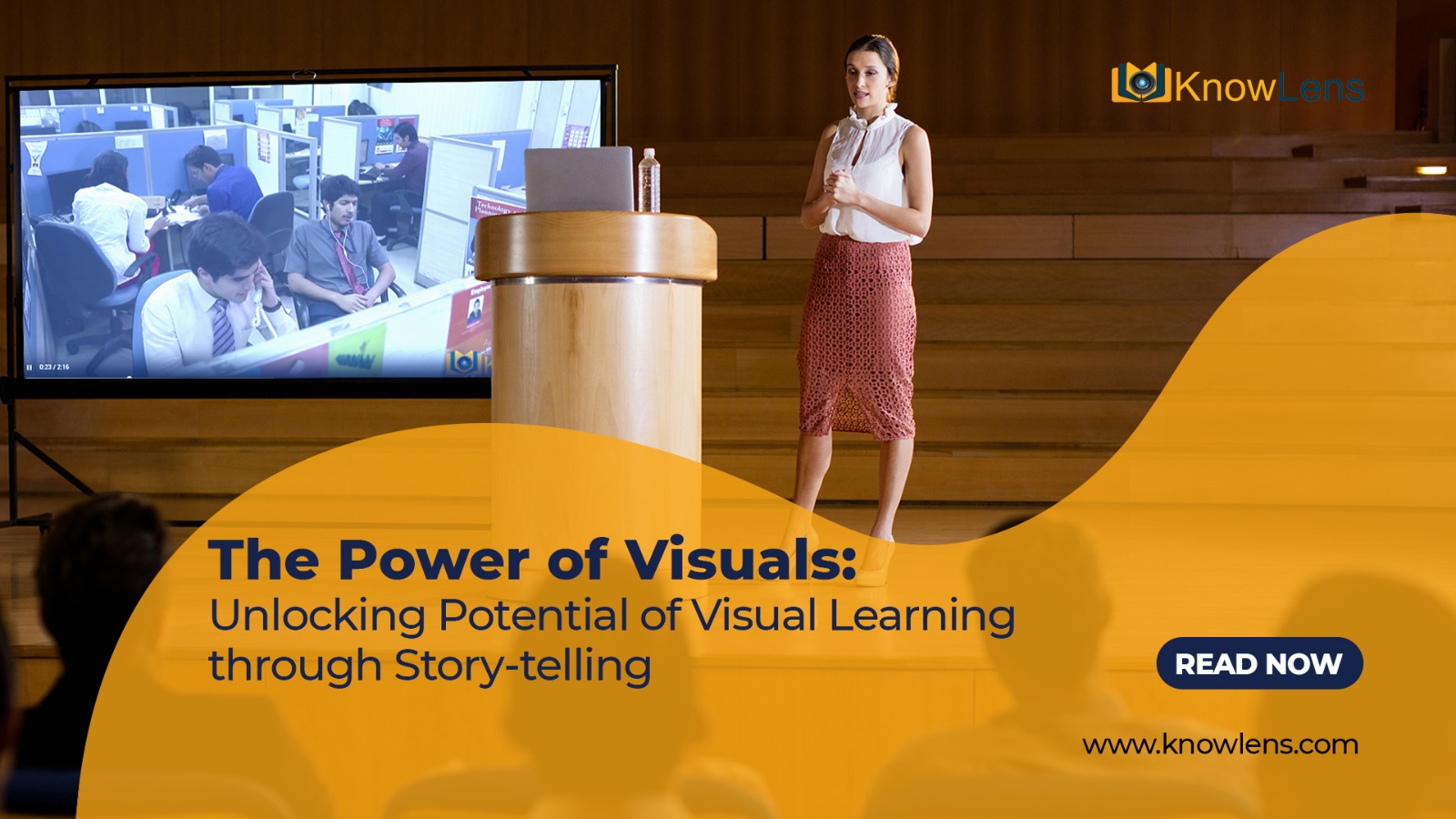
In the enormous universe of communication and training, the power of sight has emerged as a transformational force when harnessed via visual learning. Storytelling is a powerful tool that goes beyond conventional teaching techniques, leveraging the retentive power and impact of visual learning. This article addresses the synergistic relationships between learning, storyline, and sight, shedding light on the significant effects these relationships have on the retention and comprehension of information.
- The Advantage of Visuals
Humans are essentially visual creatures by nature. Compared to text or other kinds of communication, visual information is processed by our brains more quickly due to anatomical differences. In the field of education, the proverb “a picture is worth a thousand words” is accurate. Images, graphs, and charts are examples of visual aids that improve comprehension and make complex topics easier to grasp.
- Catalyzing via Storytelling
An age-old approach for imparting information, storytelling has a unique ability to attract, inspire, and impart knowledge. Narrative and images work together to create a dynamic learning environment. Stories captivate the imagination, elicit strong feelings, and help people in retaining knowledge. Educators and communicators make their message more impactful by building stories around visual components. Imagine looking at a scene from your favorite movie…..say 12 angry men – a masterful study of human behaviour and persuasion in action.
- The Scientific Basis of Visual Learning
Cognitive science research validates the efficacy of visual learning. Research suggests that the integration of spoken and visual cues enhances understanding and memory retention. Using this synergy, visual storytelling offers an extensive learning experience that accommodates a range of learning styles… read-write, auditory and visual.. For instance the human brain processes images 60,000 times faster than text.
- Fostering Creativity and Critical Thinking
In addition to conveying knowledge, visual storytelling fosters creativity and critical thinking abilities. Learners who interact with visual tales are forced to make connections between concepts, come to conclusions, and exercise critical thought. This method encourages the trainees to go beyond the surface and fosters a more profound understanding of the subject.
- Applications Across Numerous Disciplines
The power of visuals and narratives transcends various disciplines of study. Visual storytelling in science can help explain difficult experiments or hypotheses. They make historical events come to life. Visual storytelling is a powerful tool in business for communicating strategies, accomplishments, and challenges. In every discipline, the integration of stories and images enhances the learning experience.
- Real-World Application in a learning environment
Trainers may take use of the power of sight by integrating visual storytelling into their lesson plans. There are several methods to include this strategy into lesson plans, ranging from making multimedia presentations to giving learners assignments on visual narratives. The immersive possibilities of visual storytelling for instructional purposes are further enhanced by immersive corporate environments created cinematically or through virtual and augmented reality technology.
Conclusion
When the power of sight is harnessed for storytelling and visual learning, it has the potential to completely transform the way people communicate and educate. By embracing these revolutionary tools, organizations enable learners to assimilate, retain, and apply information. Visual storytelling becomes a beacon of light in an information-rich environment, showing the way to a deeper, more interesting learning experience.

